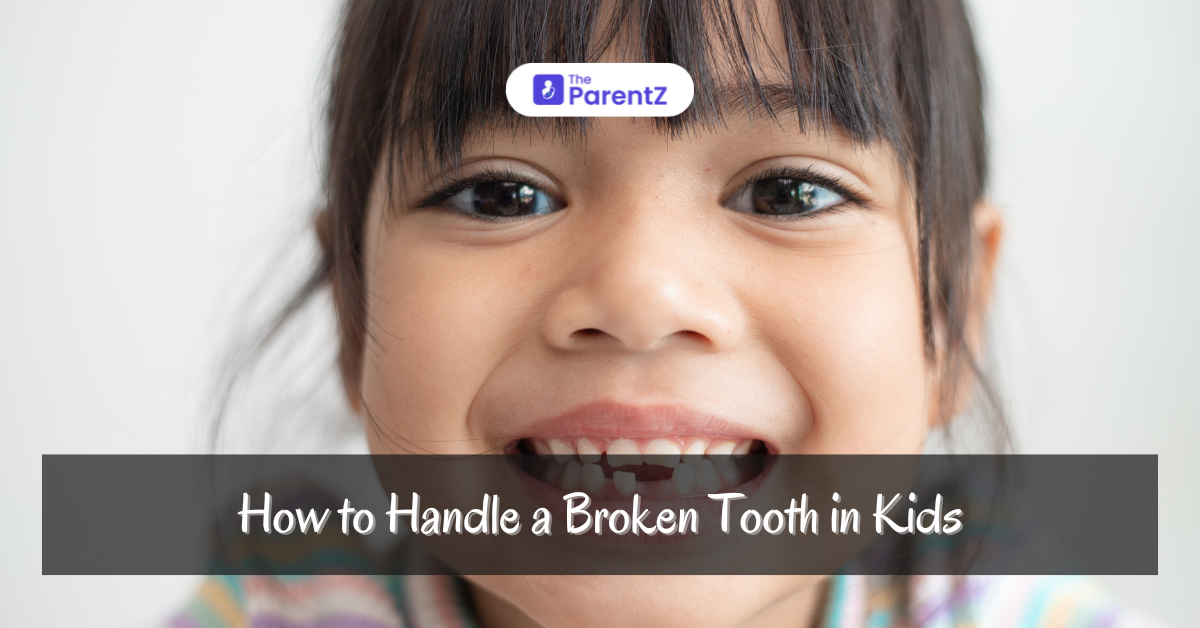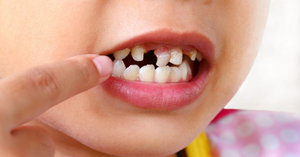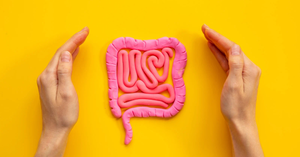Accidents involving children are common, and dental injuries, such as broken teeth, can be particularly distressing. As pedodontists, our goal is to provide comprehensive care that prioritizes both the immediate and long-term dental health of young patients. Prompt and appropriate action is crucial in managing a broken tooth to prevent complications and preserve dental integrity. This article outlines the steps to take when a child breaks a tooth, including the best storage mediums for a displaced tooth or fragment and the importance of maintaining sterility.
Immediate Steps After a Tooth Injury
1. Stay Calm and Comfort the Child: The first priority is to remain calm and reassure the child. Assess the injury, checking for bleeding or other trauma, and provide first aid as needed.
2. Locate the Tooth or Fragment: If the tooth has been completely knocked out (avulsed) or a fragment has broken off, find the piece immediately. Handling the tooth correctly is essential to increase the chances of successful reattachment.
3. Handling the Tooth or Fragment:
- Avoid Touching the Root: If the entire tooth is avulsed, hold it by the crown (the chewing surface), not the root. The root contains delicate cells crucial for reattachment.
- Rinse Gently: If the tooth is dirty, gently rinse it with milk or saline solution. Do not scrub or use soap or chemicals, as this can damage the root’s cells.
Storage Mediums for Avulsed Teeth
Proper storage of an avulsed tooth is critical to preserving the periodontal ligament cells, which are essential for reattachment. The following are suitable storage mediums:
1. Hank’s Balanced Salt Solution (HBSS): This specialized solution is considered the best medium for storing an avulsed tooth. It can maintain cell viability for an extended period. Some dental emergency kits include HBSS.
2. Milk: Cold, whole milk is an accessible and effective alternative. It is a pH-balanced solution that preserves cells without causing them to swell or burst.
3. Saline Solution: Sterile saline (salt) solution is another suitable option. It is particularly useful in medical or dental settings where HBSS is not available.
4. The Child’s Mouth: If none of the above options are available, the tooth can be placed in the child’s cheek pouch. However, this is only advisable if the child is conscious, calm, and old enough not to swallow the tooth.
5. Saliva: In cases where other storage mediums are unavailable, placing the tooth in saliva (such as in a cup) can work, though it is less ideal than the other options.
Avoiding Improper Storage
Do not store the tooth in water, as it can cause the root cells to burst. Water lacks the necessary proteins and nutrients to preserve the cells’ viability.
Importance of Sterility
Maintaining sterility during the handling and storage of a broken or avulsed tooth is vital to prevent infection. Contaminants can damage the periodontal ligament cells and increase the risk of infection. Parents should avoid touching the tooth’s root, use clean containers for storage, and seek prompt dental care to minimize the risk of infection and complications.
Seeking Professional Care
After following the initial steps, it is crucial to seek immediate dental care. Time is a critical factor; ideally, the tooth should be reimplanted within 30 minutes to an hour. A pedodontist will assess the situation, clean the wound, and determine the best course of action. Depending on the extent of the injury, treatment may involve reimplantation, bonding, or other restorative procedures.
Conclusion
Handling a broken tooth in a child requires calm, swift action and appropriate knowledge of storage mediums and sterility. Parents play a crucial role in preserving the tooth’s viability until professional dental care can be obtained. With proper care and prompt treatment, the chances of successful tooth recovery and reattachment are significantly increased, ensuring the child’s dental health is maintained.








Be the first one to comment on this story.